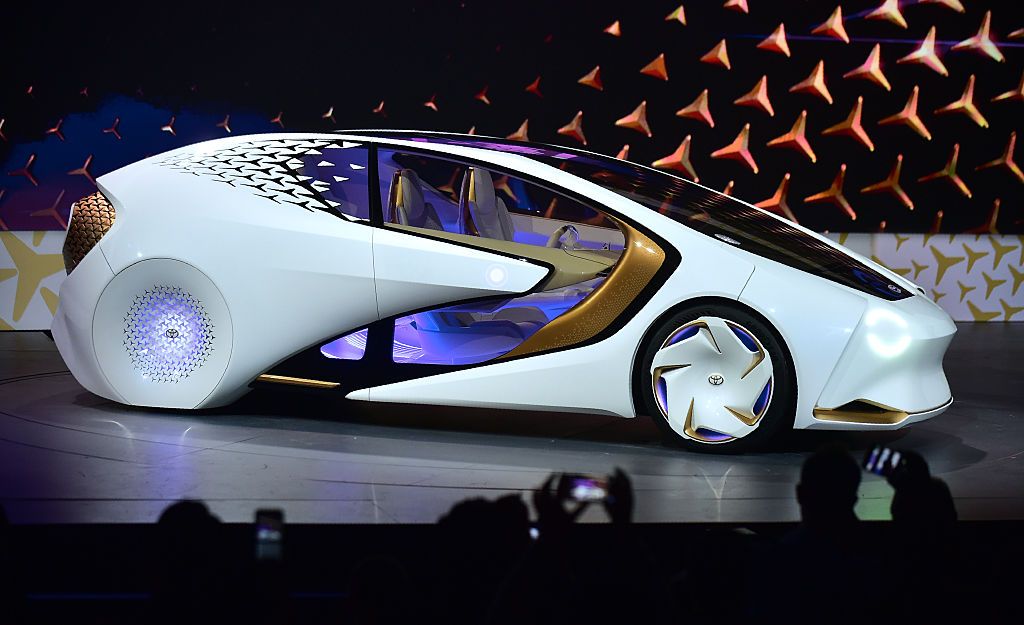The Willys (English pronunciation: Will-iss) survived the Great Depression of the 1930s by going small, as I wrote here.
Model 77 had some advanced styling features when it was introduced in 1933, but its basic body was somewhat old-fashioned looking to begin with, and it aged rapidly as competitors launched rounded, streamline-suggestive designs. So Willys fought back for the 1937 model year with its restyled model 37 on a still-short 100.5-inch (2553 mm) wheelbase.
Its styling was in keeping with the times, but compromises from standard-size American car fashion were required due to the car's small size.
Gallery
This is a 1937 Model 37 coupe. Its rounded prow can be justified because a conventional (at the time) vertical or slightly backwards-leaning front would have made the car seem stubby indeed.
Advertisement image of a 1938 four-door sedan.
A Model 38 two-door sedan. The rain gutter on this and the car in the previous image creates an awkward distraction from the aft window profile and fastback that are otherwise in harmony. My guess is that the shape was needed on the four-door model because, had it followed the rear door cut, rain water might have poured into the back seat area when the door was opened. Even so, a better gutter trace could have been found.
Just for fun, here is a publicity photo.
The Model 38 was retained for the 1939 model year, but the Overland line was added. Its wheelbase was 102 inches (2591 mm), the small difference added forward of the cowling.
The prow became less rounded, more assertive. The grille opening was lowered in tune with styling fashion. Headlights and their housings have a mean, aggressive look. Note how the headlight housing shapes echo the prow and grille basic forms.
Another publicity photo, this of an Overland posed next to the Henry Dreyfuss styled Broadway Limited locomotive.
The 1938 Graham "shark-nose" design. It appeared a year later than the Willys 37, but its frontal styling might have influenced that of '39 Overlands. (Shannons Melbourne Auction photo.)
Read More
Model 77 had some advanced styling features when it was introduced in 1933, but its basic body was somewhat old-fashioned looking to begin with, and it aged rapidly as competitors launched rounded, streamline-suggestive designs. So Willys fought back for the 1937 model year with its restyled model 37 on a still-short 100.5-inch (2553 mm) wheelbase.
Its styling was in keeping with the times, but compromises from standard-size American car fashion were required due to the car's small size.
This is a 1937 Model 37 coupe. Its rounded prow can be justified because a conventional (at the time) vertical or slightly backwards-leaning front would have made the car seem stubby indeed.
Advertisement image of a 1938 four-door sedan.
A Model 38 two-door sedan. The rain gutter on this and the car in the previous image creates an awkward distraction from the aft window profile and fastback that are otherwise in harmony. My guess is that the shape was needed on the four-door model because, had it followed the rear door cut, rain water might have poured into the back seat area when the door was opened. Even so, a better gutter trace could have been found.
Just for fun, here is a publicity photo.
The Model 38 was retained for the 1939 model year, but the Overland line was added. Its wheelbase was 102 inches (2591 mm), the small difference added forward of the cowling.
The prow became less rounded, more assertive. The grille opening was lowered in tune with styling fashion. Headlights and their housings have a mean, aggressive look. Note how the headlight housing shapes echo the prow and grille basic forms.
Another publicity photo, this of an Overland posed next to the Henry Dreyfuss styled Broadway Limited locomotive.
The 1938 Graham "shark-nose" design. It appeared a year later than the Willys 37, but its frontal styling might have influenced that of '39 Overlands. (Shannons Melbourne Auction photo.)












































